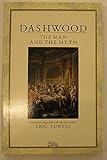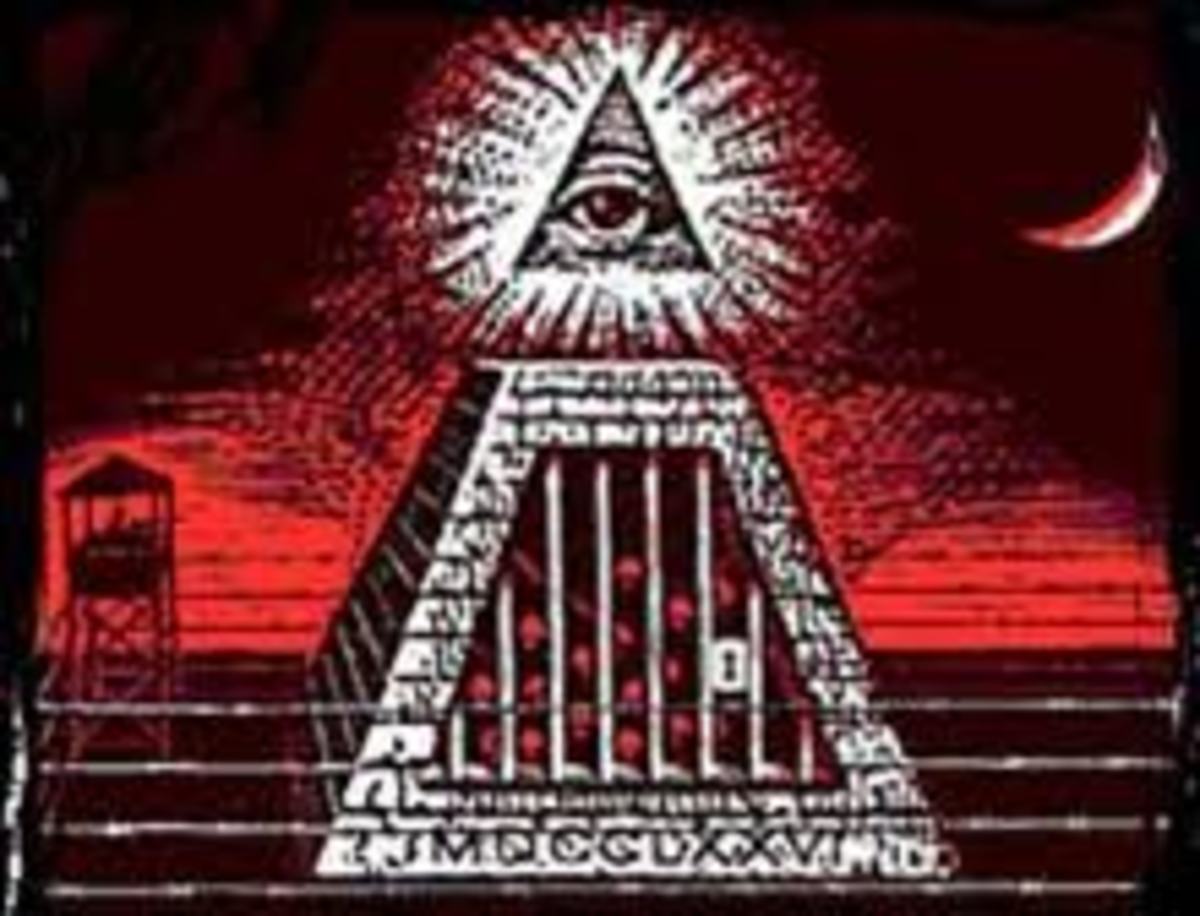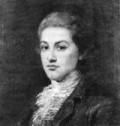- HubPages»
- Education and Science»
- History & Archaeology»
- History of the Modern Era
Hellfire Club of Sir Francis Dashwood
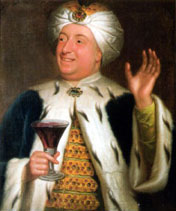
So Who Was Sir Francis Dashwood?
Sir Francis Dashwood was born in London in 1708 and was the only son of his father, also called Sir Francis Dashwood, and his second wife Lady Mary Fane. Sir Francis’s mother was the eldest daughter of Baron Le Despencer and Sir Francis eventually went on to take over the title. His father had amassed a large fortune from trading with the Ottoman Empire and China.
His mother passed away when he was two years old and his father died when he was sixteen, leaving Sir Francis an orphan, the owner of the family estate at West Wycombe and a very rich young man. He was educated at Eton where he was a contemporary of William Pitt the Elder and the two went on to become lifelong friends.
Like many of the young gentlemen of the aristocracy of the time, Sir Francis went on the Grand Tour of Europe after he had finished his schooling in 1726, and was one of the first to include spending time at the courts of the Russian Tsars as part of his Grand Tour. In the case of Sir Francis, his Grand Tour foreshadowed what was to come in his later career as he roistered through the ale-houses, taverns, brothels and courts of Europe. He undertook a second Grand Tour in 1729, which started in Italy.
It is believed that it was during this trip that his interest in the occult was kindled and his love of classical culture and art was strengthened. Sir Francis was apparently much drawn to the ancient Eleusinian Mysteries and the works of Francois Rabelais. He was known for his contempt and lack of reverence for organised religion, and one of his wilder exploits in Italy involved him stripping off his clothing and wielding a horse whip during the Good Friday services at the Sistine Chapel in the Vatican. A love of practical jokes and taking things to the very edge of what he could get away with was one of his key characteristics, and during his time at the Russian Court he dressed up as the King of Sweden, who was at that time one of Russia’s most hated enemies.
Political Career of Sir Francis Dashwood
Dashwood decided on a career in politics on his return and in 1741 was elected as the MP for New Romney. Earlier in his career he had sympathies with the Jacobite cause and met with Prince Charles Edward Stuart while in Italy, but abandoned these by joining the court of Frederick, Prince of Wales. He was appointed Treasurer of the Chamber in 1761 and Chancellor of the Exchequer in 1762 but was forced to resign after bringing in an unpopular tax on cider that almost led to rioting and then went on to serve as Master of the Wardrobe.
After giving up that position, he became Baron le Despencer after the title was brought out of abeyance for him. From 1765 until his death he held the post of Postmaster General. During this time he became friends with Benjamin Franklin, who held this post in the American Colonies. From 1777 until his death he also served as an honorary vice president of the Foundling Hospital, a charity hospital based in London.
In December 1745 he surprised all of his acquaintance by marrying Lady Sarah Ellys, the widow of Sir Richard Ellys. The lady in question was described as a ‘pious prude’ in contemporary sources, whereas Sir Francis had become known for being very promiscuous and his sexual exploits had already become the stuff of legend. They did not have any children, but despite their obvious differences, they seemed to have been genuinely fond of each other.
Before the Hellfire Club
The first Hellfire Club was founded by the Duke of Wharton in 1719 and was disbanded in 1721. Dashwood and the Earl of Sandwich are thought to have been part of a Hellfire Club that met throughout the 1730s at the George and Vulture Inn. In 1732, Sir Francis formed the Society of Dilettanti which was a dining club with around 40 charter members. The membership was made up of men of good birth who had also been on the Grand Tour, who had developed an appreciation for classical culture and art, and were known to be serious art connoisseurs.
Sir Francis organised expeditions of craftsmen who were sent to survey and draw many classical ruins. Sir Francis was portrayed by William Hogarth in ‘Sir Francis Dashwood at His Devotions’ for Viscount Boyne who was Dilettanti member and he also sponsored alleged spymaster Lord Melcombe as a member. In 1744 he formed the Divan Club with the Earl of Sandwich for likeminded gentlemen who had travelled in the Ottoman Empire, but this was not to last longer than two years.
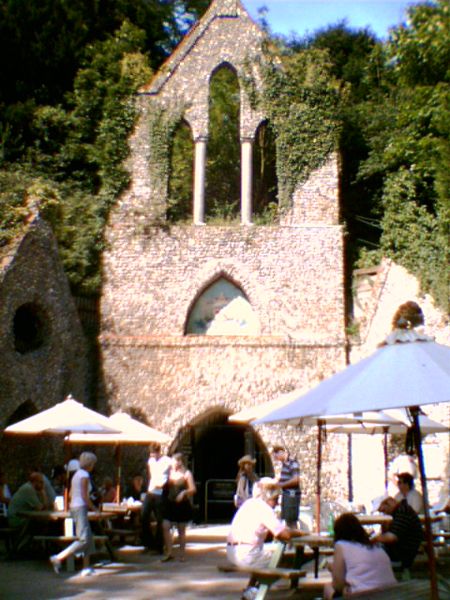
The Founding of The Hellfire Club
The group that was to become known as Sir Francis Dashwood’s Hellfire Club met from around 1749 to maybe as late as 1766. The group themselves never referred to themselves as a Hellfire Club, but acquired the name later from outsiders on the basis of the supposed activities of the group. The Hellfire Club was a small, hand-picked group, representing a core of Sir Francis as the leader and twelve other members or ‘apostles’.
They called themselves by various names, such as the Order of the Knights of St Francis, Brotherhood of St Francis of Wycombe’ and Order of Knights of West Wycombe’. Due to the secrecy surrounding the order, it is not known for certain who was a member, although they were all prominent men of their time and involved in politics. Men that have been identified as probable members are Dashwood himself, Thomas Potter, Robert Vansittart, Edward Thompson, Paul Whitehead, the Earl of Sandwich and Francis Duffield. Other famous men of the time to have associations with the Hellfire Club are the artist William Hogarth, the politician John Wilkes and Benjamin Franklin. Each member of the order shared in all or some of Dashwood’s interests in art, classical culture, politics, dressing up and mock rituals, eating, drinking, promiscuity, blasphemy, and the occult.
Where Were Hellfire Club Meetings Held?
In 1752 the first meeting of Hellfire Club was held at West Wycombe House, his family home, on Walpurgis Night. The meetings were never held there again, as possibly, the type of revelries that Sir Francis had in mind were not suitable to be held in the family mansion. In 1751 Dashwood had leased an old, ruined Cistercian abbey called Medmenham Abbey situated on the River Thames near Marlow from his friend Francis Duffield. He had it rebuilt by the architect Nicholas Revett in the Gothic style that had become so popular in the 18th century, and it was at Medmenham, about eight miles in distance from West Wycombe, that the meetings of the Hellfire Club were now held. The Hellfire Club motto was ‘fait ce que tu voudras’ or ‘Do What Thou Wilt’, and this motto was executed in stained glass and put above the doorway at Medmenham Abbey.
West Wycombe Caves were also used for chapter meetings. West Wycombe Caves are a natural cave system that was further excavated in the 1750’s to provide material for a road being built by Sir Francis Dashwood from West Wycombe to High Wycombe. They were also dug to give work to the local community after a series of harvest failures and a provided an excellent additional venue for the Hellfire Club. The caves were originally decorated with mythological scenes, phallic symbols and other sexual imagery, and carved heads can still be seen on the walls and a female statue in a niche. The caves cross an underground stream, named after the legendary River Styx where the souls of the recently dead were rowed to the underworld by the ferryman Charon, and end in a circular chamber known as the Banqueting Hall, which measure 40ft across and 60ft high. The Banqueting Hall is designed like a compass with four niches. The entrance to the caves was embellished with a Gothic front and sidewalls.
What Happened at Hellfire Club Meetings?
Meetings of the Hellfire Club took place twice a month, and there was also a week long Annual General Meeting that took place in either June or September. The members of the Hellfire Club addressed each other as ‘Brother’ and a leader was appointed who was called the ‘Abbot’. It was rumoured that the members wore ritual clothing during the meetings comprising of white trousers, a white jacket and a white cap. The ‘Abbot’ wore the same costume but its colour was red. One of the ‘monks’ acquired a baboon that was adopted as a mascot of the Order and was dressed in chaplain’s robes during the rituals.
Although many rumours and stories went around as to what went on during Hellfire Club meetings, nobody really knows for sure what the rituals were comprised of. To muddy the waters further, in the three days before he died Paul Whitehead, who had been the Secretary and Steward of the Hellfire Club, systematically burned all of the club’s records. It is believed that the rituals that took place were parodies of Christian services and that they contained a lot of sexual symbolism and imagery.
There was also a belief that the rituals were said to have been held in honour of the deities Bacchus and Venus. The question to be asked is were these rituals really serious or were they just performed as a mockery and a charade? Rumours of Satanism and devil worship have abounded about the Hellfire Club, but there is, however, no real evidence that this ever took place. It is pretty certain that the meetings would involve feasting, excessive drinking, general debauchery and orgies. Prostitutes were brought in from London to take part and were referred to as ‘nuns’ and it was rumoured that highly-born ladies from the aristocracy would volunteer their services to lie naked across the altar as representations of the goddess Demeter and her daughter Persephone.
The Decline of the Hellfire Club
The Hellfire Club went into decline after Dashwood’s disastrous time as Chancellor of the Exchequer. John Wilkes was driven into exile after being accused of seditious libel against the king and the publication of ‘Chrysal, or the Adventures of a Guinea ‘ which contained scurrilous stories associated with Medmenham Abbey, which linked the Medmenham Order and the Hellfire Club.
When the Secretary and Steward of the Order at Medmenham, Paul Whitehead, died in 1774 he had his heart placed in an urn at West Wycombe. This heart was occasionally taken out and shown to visitors until it was stolen in 1829 and the ghost of Paul Whitehead is supposed to haunt the caves where he roistered with Sir Francis Dashwood and the other members of the Hellfire Club. The Hell Fire Caves are now a major tourist attraction in Buckinghamshire and are open to be viewed by the public.
So what do you think? Were Sir Francis Dashwood and the Hellfire Club just reviving goddess worship, pagan rituals and having a rollicking good time? Or was there more than a whiff of brimstone around these secret meetings?
Copyright 2010 CMHypno on Hubpages

